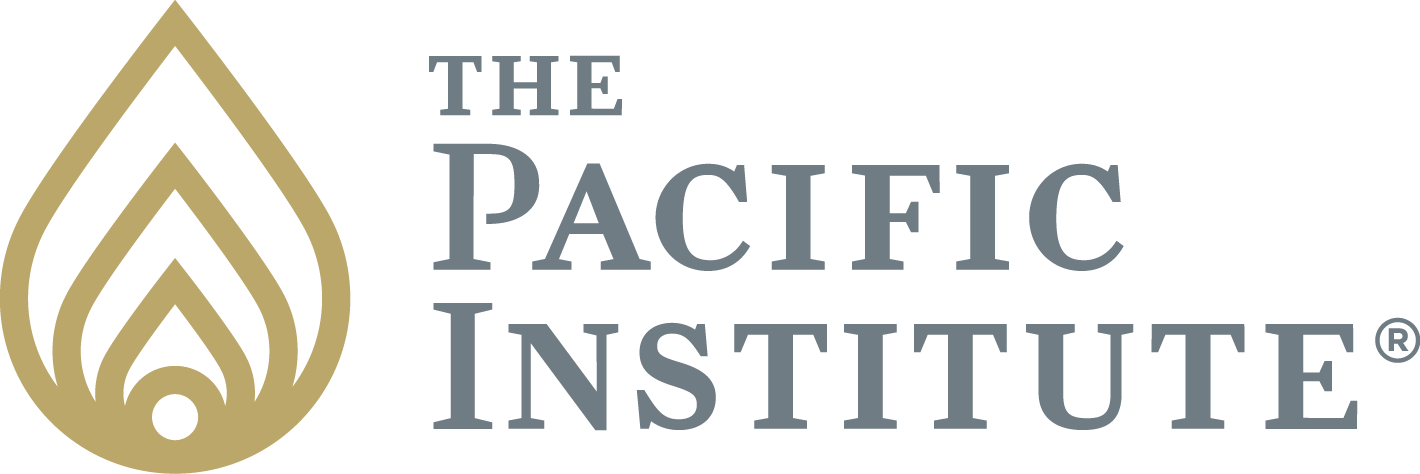Cultural Transformation: Bridging the Gap Between Leaders & Employees
Written by The Pacific Institute
| May 30, 2025

Only 27% of business leaders believe their staff are fully aligned with the organization’s business goals, according to a survey from Axios HQ. Sounds bad, doesn’t it?
Well, it gets even worse: In the same survey, only 9% of employees agreed.
Cultural alignment seems so rare, leaders and employees can’t even get aligned on whether they’re aligned.
Closing this gap takes a real cultural transformation—one that’s all about better communication, transparency, and working together toward shared goals and values.
This kind of transformation usually means leaders need to rethink how they’re showing up for employees and keeping connections strong over time. It may sound like a lot of work, but failing to invest in cultural alignment will cause more problems in the long run.
Besides, taking some basic steps, like adopting new communication modes and hiring coaches to improve how you relate to team members, can make this cultural transformation a reality.
Download the eBook — Lessons from Leadership Coaching: What you Don’t Know Can Hurt You
What Is Cultural Alignment, and Why Does it Matter?
Cultural alignment is when everyone at an organization—from the highest levels of leadership to the most junior employees—understands and agrees on what the organization’s culture is.
It has a couple key ingredients. The first is a clear and well-communicated mission and vision. The second is leadership taking action that shows they’re committed to the values and goals outlined in that mission and vision.
When an organization has cultural alignment, everyone is moving in the same direction, toward the same goals. This makes the organization more productive, but the benefits go much deeper than that.
Cultural alignment improves employee morale and motivation. It gives everything that employees do a purpose, something Gallup found to be essential for employee engagement.
Once employees are engaged and motivated, they work harder, stick with the company longer, and are absent less.
However, if employees don’t feel aligned with the organization’s culture, their level of investment in their work drops, leading to poorer performance, higher turnover, and even burnout.
Where Cultural Misalignment Comes From
Often, the primary culprit behind cultural misalignment is miscommunication.
Imagine an organization that touts a commitment to gender equity but has a mostly male C-suite. From an employee’s point of view, this is hypocrisy and proof of cultural misalignment.
However, to the leadership team, that commitment is meant to be aspirational, and they’ve already developed a detailed plan for promoting more women to executive-level roles over the next five years. They view the commitment in a completely different way than employees do.
But if they don’t communicate their intentions clearly and give employees space to provide feedback, neither side will ever know how the other side sees the issue. Misalignment, and all the cultural issues it creates, will continue.
Unfortunately, communication breakdowns like this are among the most persistent challenges of leadership. It’s common for leaders to forget to share the full context around their decisions, resulting in confusion and frustration among rank-and-file employees.
Unclear expectations are another factor in cultural misalignment. If leadership champions kind, patient customer service but also expects customer service agents to rush through dozens of tickets every day, employees will feel confused about what’s actually expected of them—patience or speed? This contradiction muddies their perception of what the organization’s culture really is, leading to aggravation.
It’s understandable that busy leaders sometimes forget to clarify their expectations, shed light on their decision-making process, and provide additional context around culture-related decisions. But when these things fall to the wayside, cultural alignment does, too.
Bridging the Employee Communication Gap
Even when they recognize cultural misalignment, many executive teams are slow to act, often focused on more immediate challenges of leadership and the company’s bottom line.
But culture plays a bigger role in business success than many people realize. According to Gartner, strong cultural alignment can boost revenue by 9% and improve employee performance by 22%.
Investing time and resources into culturally uniting your team is a smart business decision. The only question is how to do it.
This kind of broad cultural transformation begins with improving how leaders approach employee communication. While most organizations primarily communicate in a top-down manner, organizations that successfully align their cultures establish channels for frequent two-way communication between employees and leaders.
When leaders and employees listen to each other, it’s easier to spot gaps in how the company’s culture works. It also fosters goodwill between employees and leaders, which helps grow cultural alignment over time.
This kind of cultural transformation can be achieved in part with consistent feedback loops, such as town halls, meetings between low-level employees and leaders, and opportunities for anonymous written feedback.
However, a true transformation can’t happen without some adjustments in the soft skills of leadership. Better employee communication and cultural alignment will become easier when leaders cultivate traits like empathy, active listening, humility, and self-awareness.
Honing these traits takes time, dedication, and support from outside experts, but it’s something all leaders can do.
Building the Skills Needed to Inspire Alignment
A cultural transformation doesn’t happen overnight; it’s an ongoing process of small improvements made every day. Making a habit of communicating more proactively while also building your empathy and self-awareness will eventually lead to the transformation and cultural alignment you need.
It may seem like a grandiose goal, but there are concrete steps you can take to make it happen. Establishing more employee communication channels can help, as can leadership coaching for enhancing soft skills.
Coaching can be an especially powerful tool for tackling challenges of leadership like cultural change because it gives you the support you need to better connect with employees on an authentic, emotional level. With the help of an experienced coach, you can develop the self-awareness, emotional intelligence, and listening skills needed to build alignment across the organization.
To begin improving cultural alignment among your staff, learn how The Pacific Institute supports cultural transformation in the workplace.





